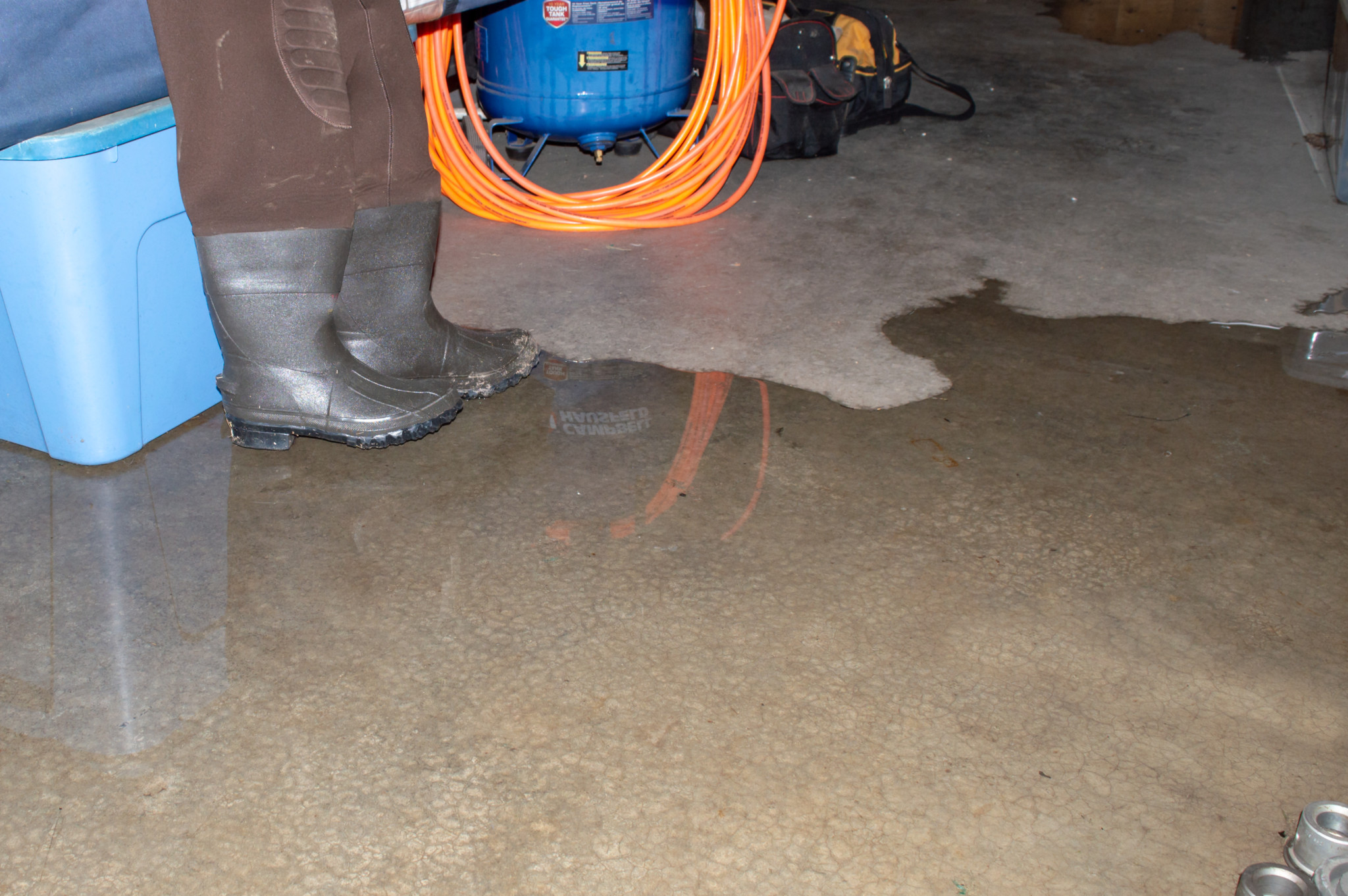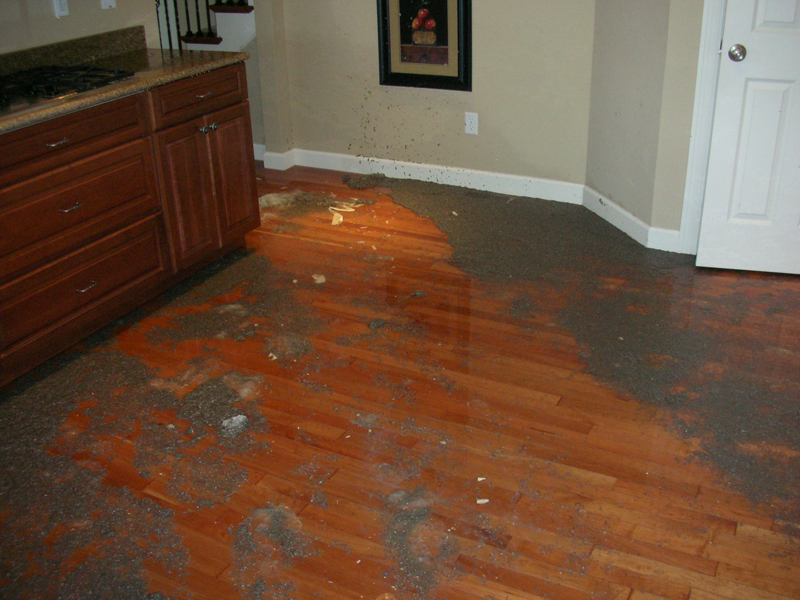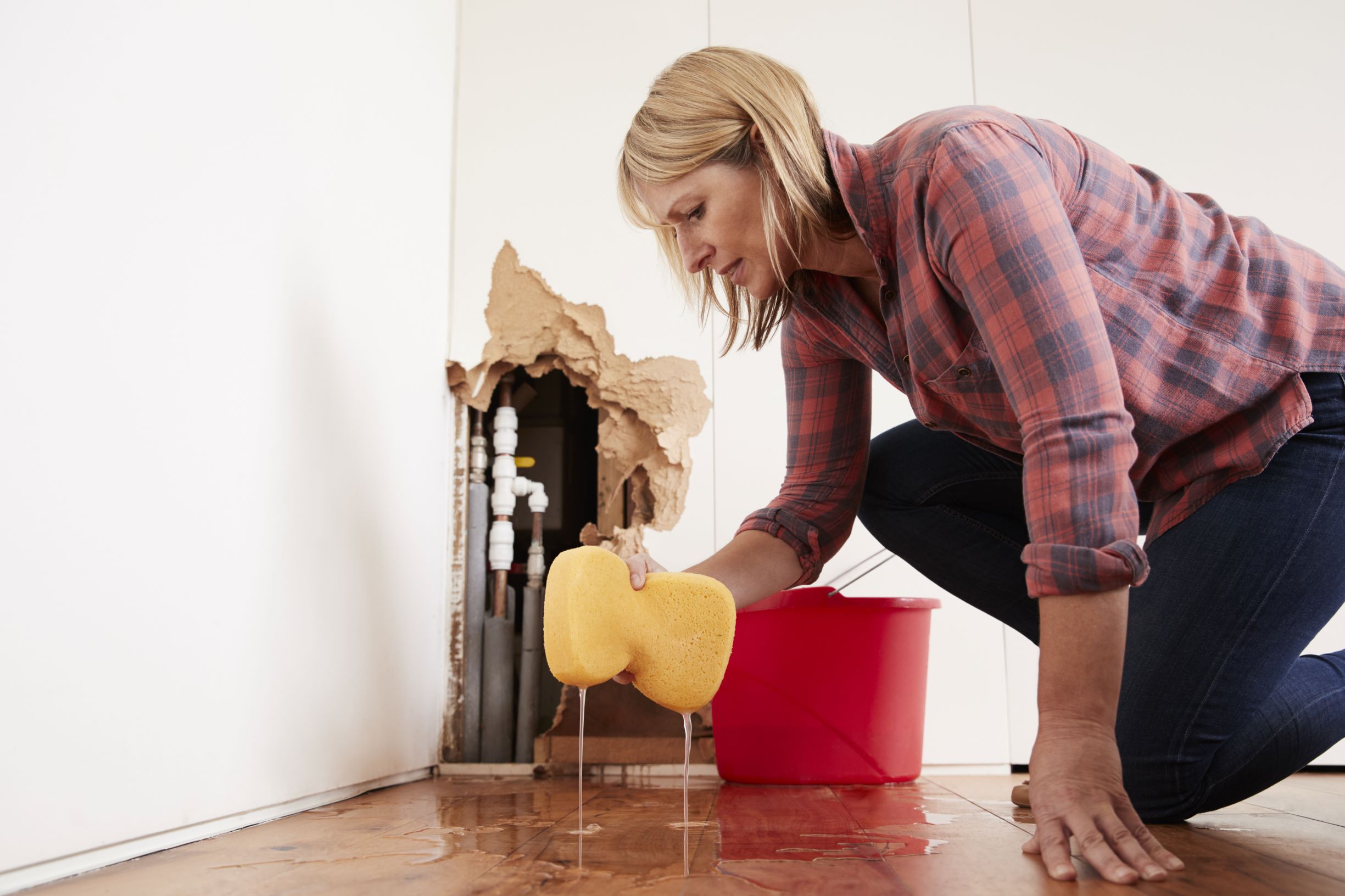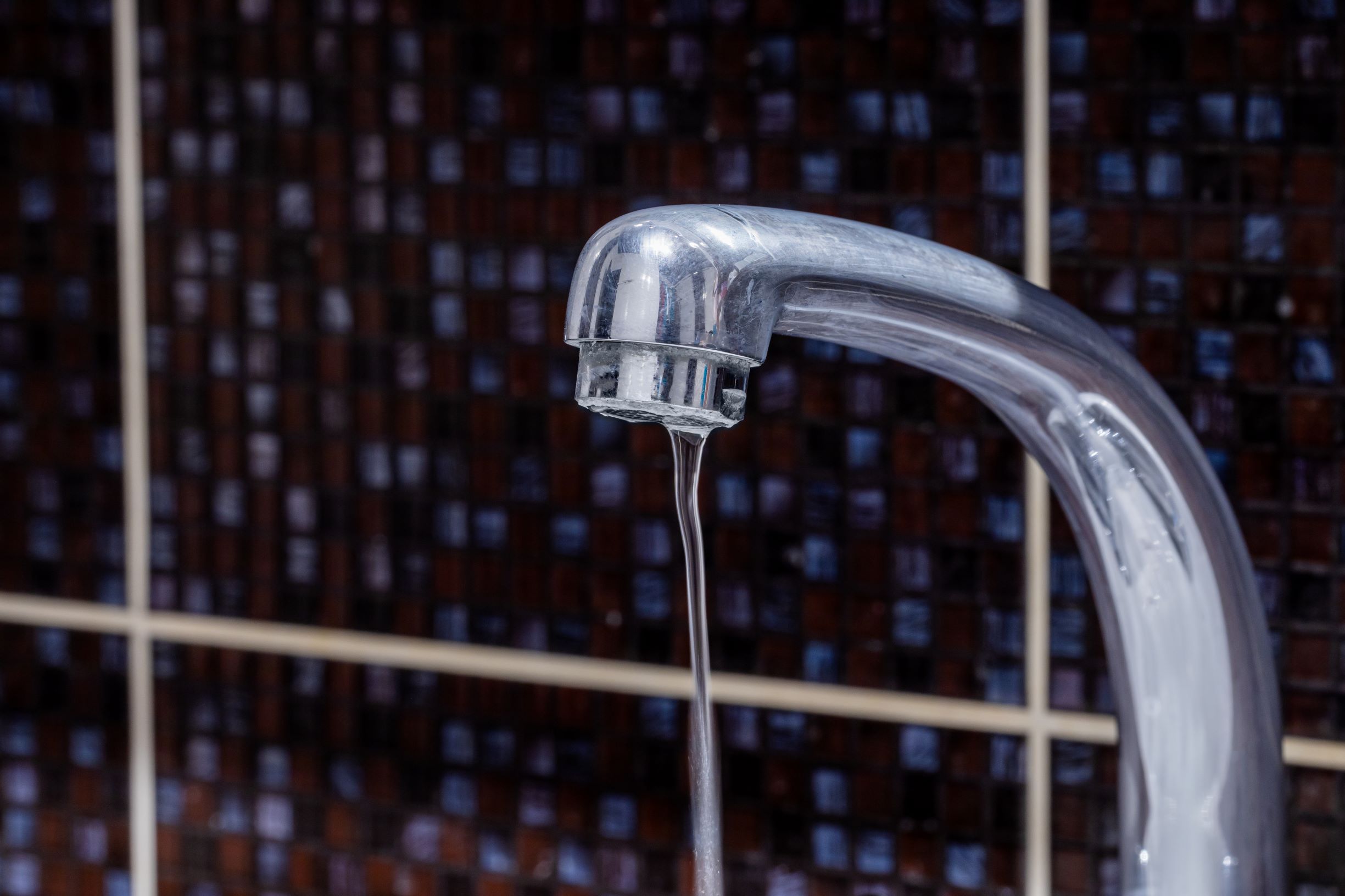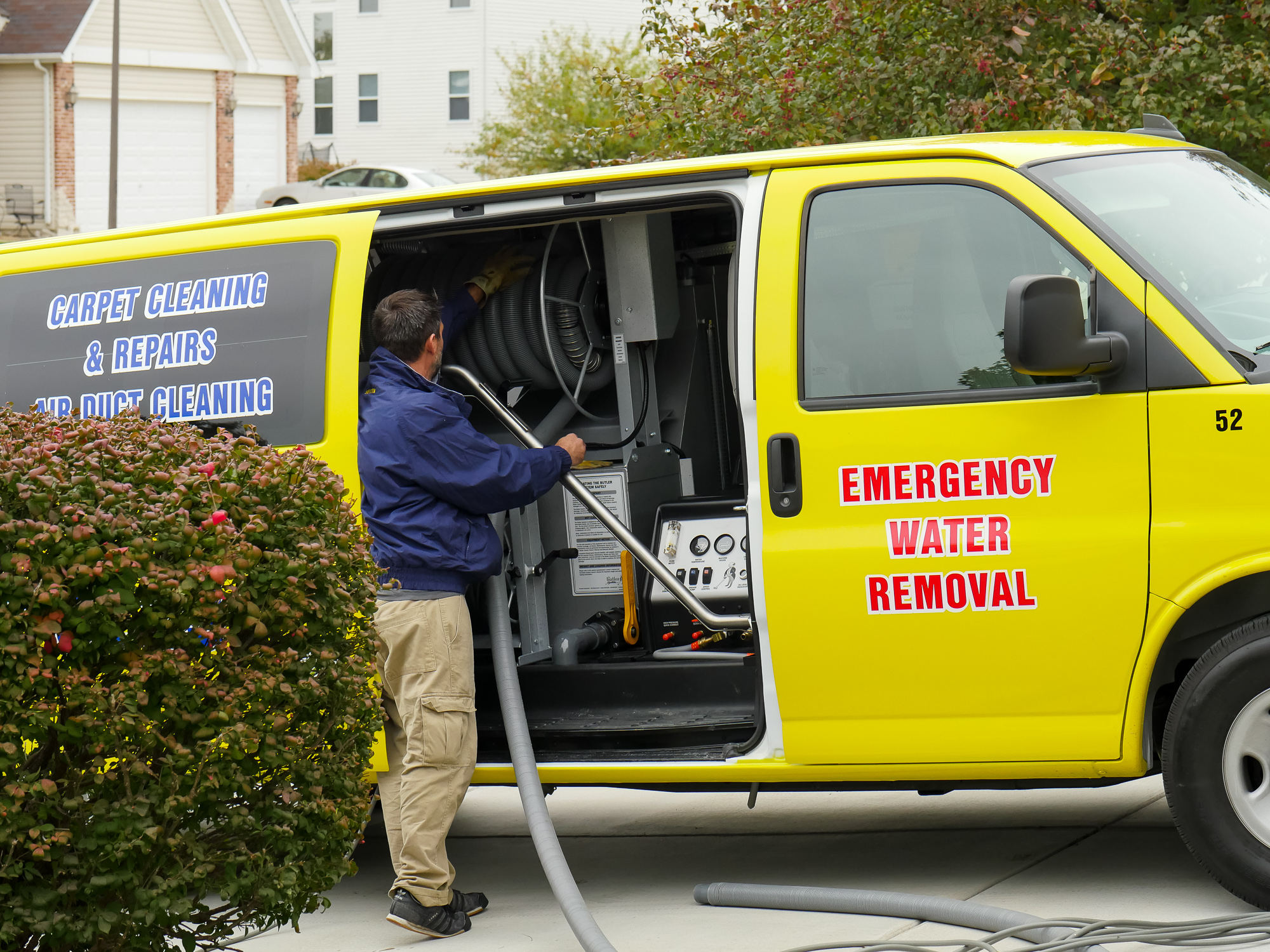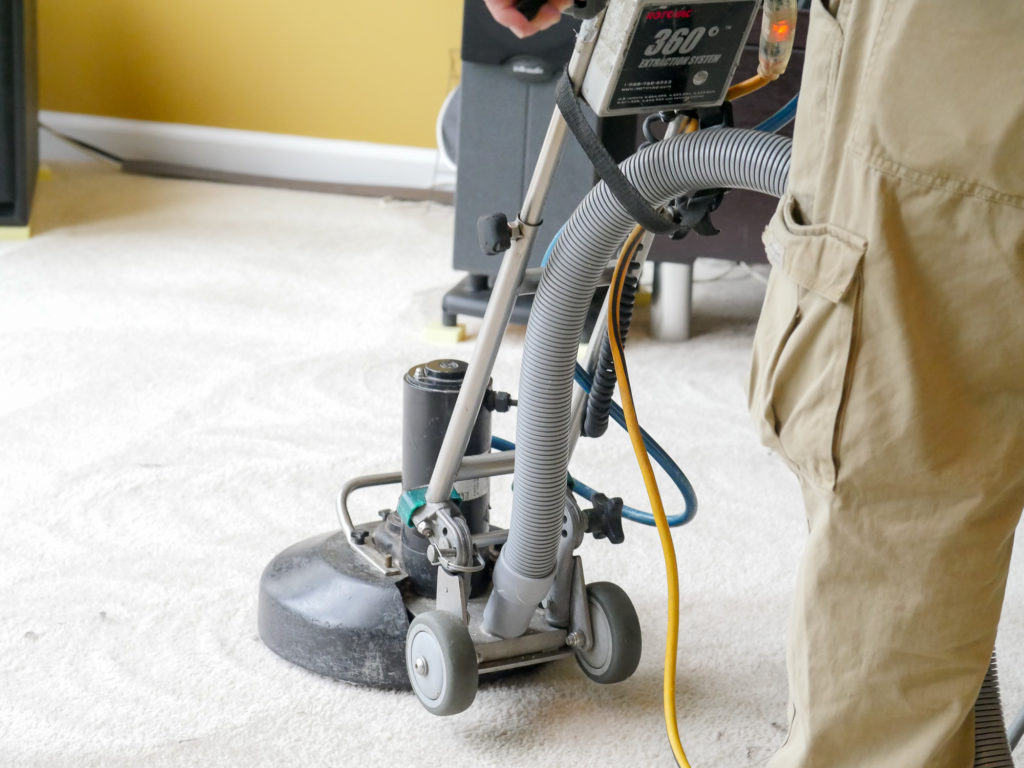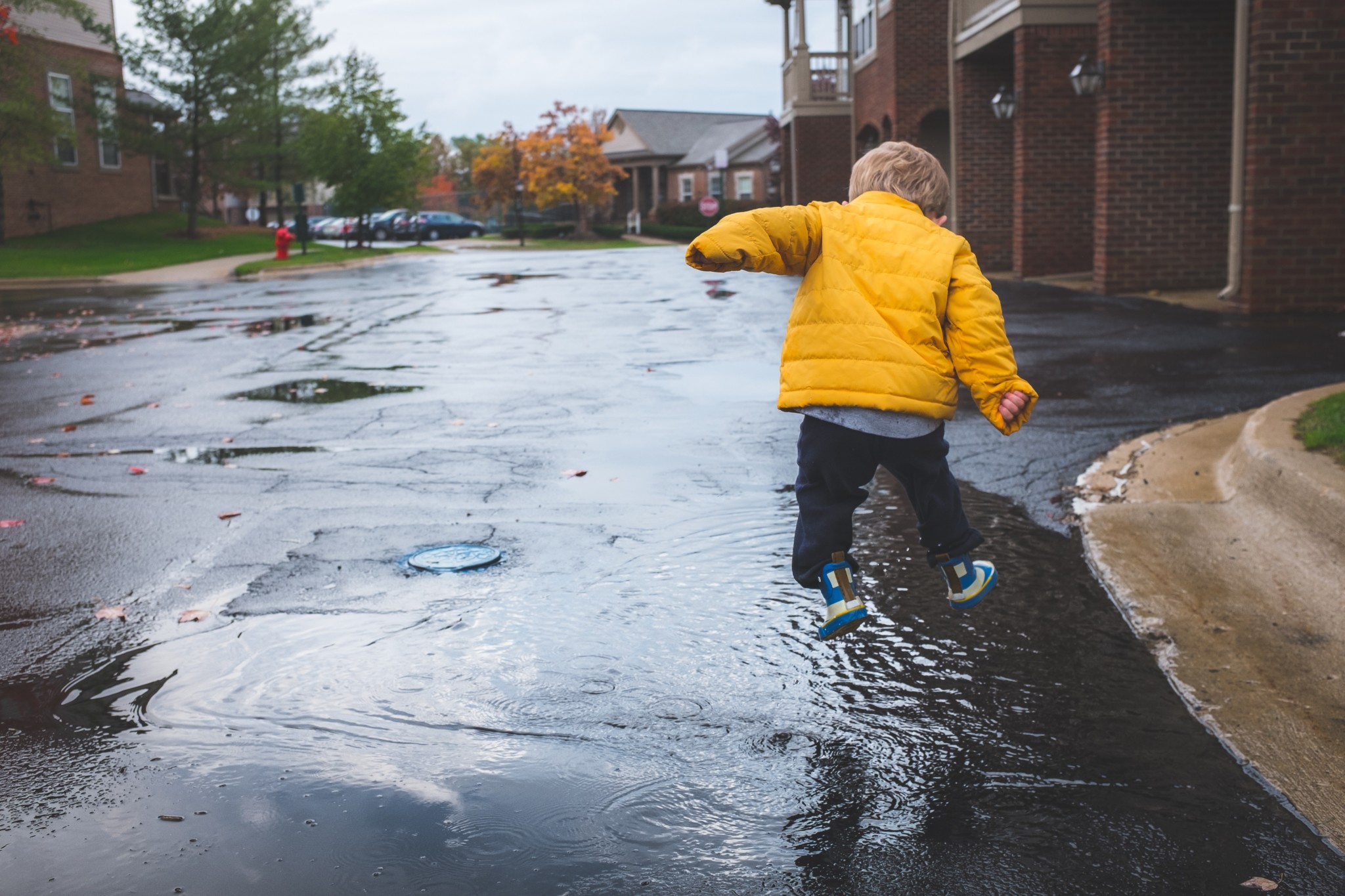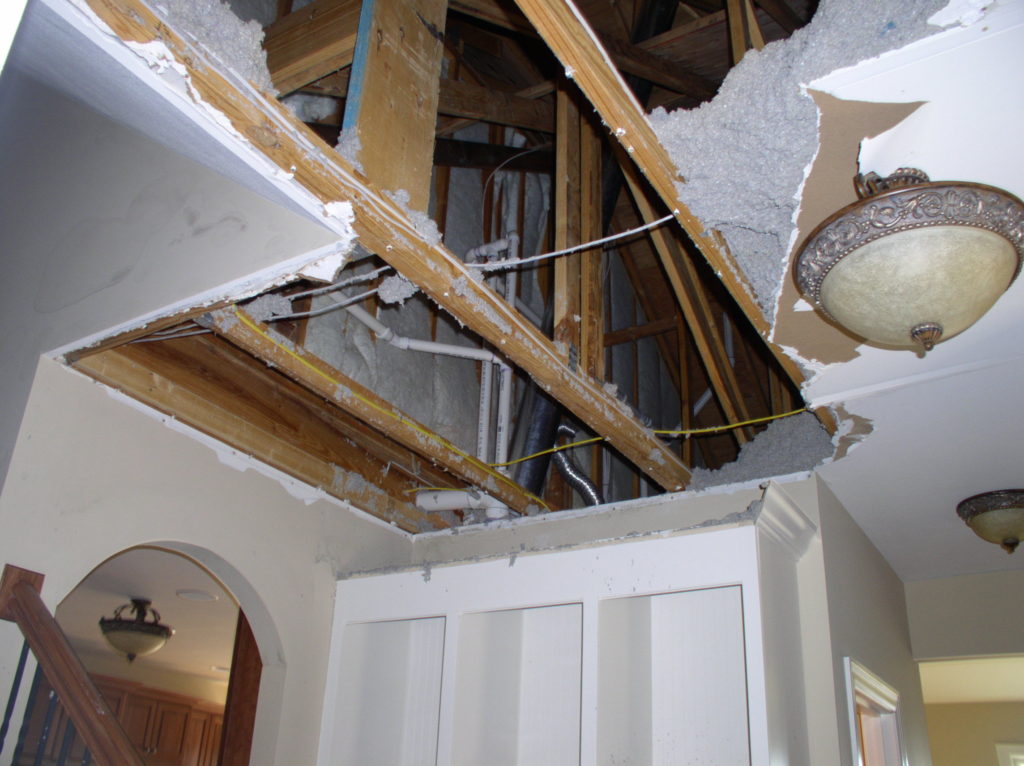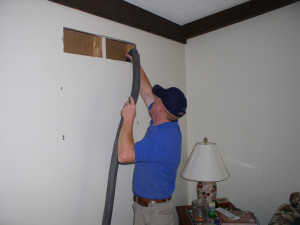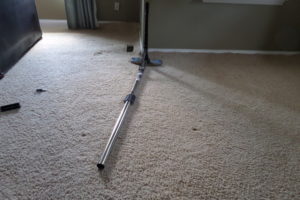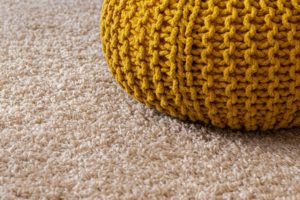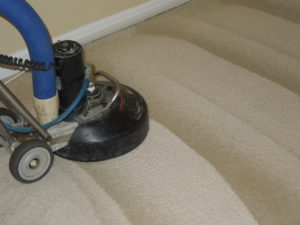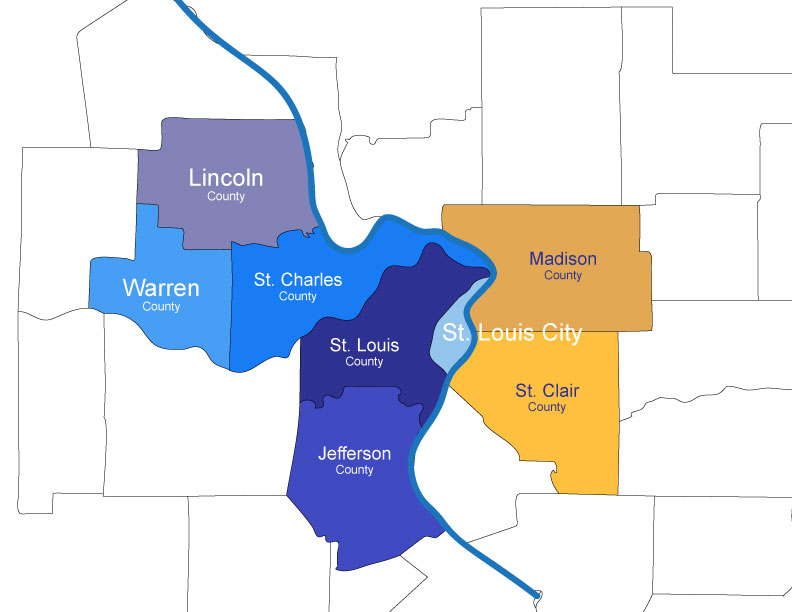Summer is quickly heating up, and so is the wide variety of activities we’ll all have to keep up with. There are pool parties, backyard BBQs, beach trips, biking, camping and many other ways to have some summer fun. Maybe you have a week-long getaway to Disney World planned, or a trip to the Florida Keys or Yellow Stone National Park. No matter what your plans are to enjoy your summer, be sure to do the necessary prep work to make your home vacation-proof before leaving on that week of relaxation to avoid any disasters. Here is a final checklist we’ve come up with to help make this process go as smoothly as possible.
STEP 1: Turn water off to washing machine
Washing machine hoses can quickly flood a house if they burst. It’s good to turn off the water to them so they don’t stay pressurized and possibly burst while you’re gone.
STEP 2: Check your sump pump back-up
Sump pumps are really important if your basement floods. But like anything else, they can fail, and most homeowners don’t realize this until they really need them. It’s important to check your sump pump before vacation to ensure you’re protected and you minimize damage in the case of a house flood.
STEP 3: Remove any spare keys from hidden spaces outside
This will help to ensure that anyone who may be curious won’t have a means of entry. If you’re planning on having someone check on the house while you’re gone, give them a spare key directly to make sure they’re the only ones with access.
STEP 4: Unplug any counter appliances
These appliances can use unneeded electricity while you’re out of town. They also pose a fire threat. It only takes a few seconds to unplug, so it’s well worth the time to protect your home.
STEP 5: Have a light on a night timer inside the house
Keeping a light on inside your home while you’re out may use a small amount of electricity, but it’s important to make your home appears inhabited and not empty to possible intruders. There are timers you can plug into your walls that turn your lights on and off at scheduled times. Tools like this will help you conserve energy, and also make it look even more like there’s somebody home.
This house checklist should help you ensure your home is safe this summer during those fun getaways. Taking these easy precautions will help to minimize your chances of disaster while you’re out. Your vacation will hopefully be a stress- and disaster-free relaxing break. But don’t forget, if disaster happens to strike, Sams is here for you 24/7!


